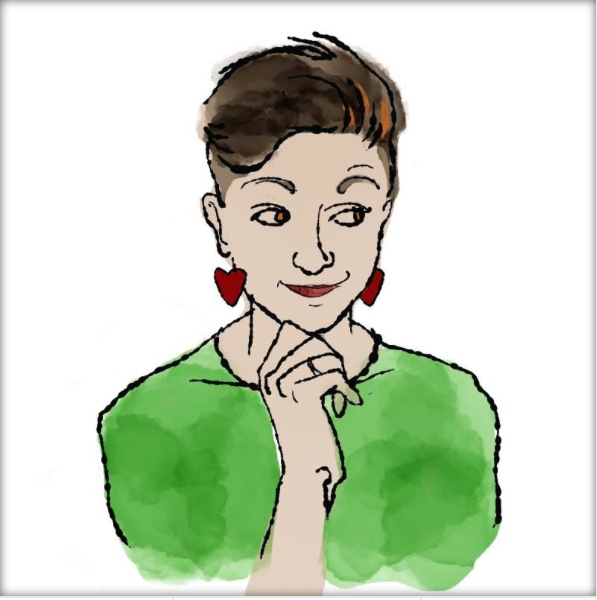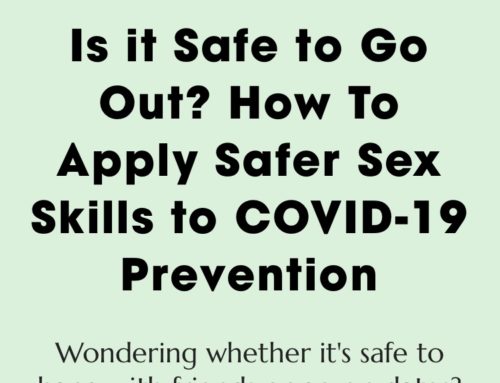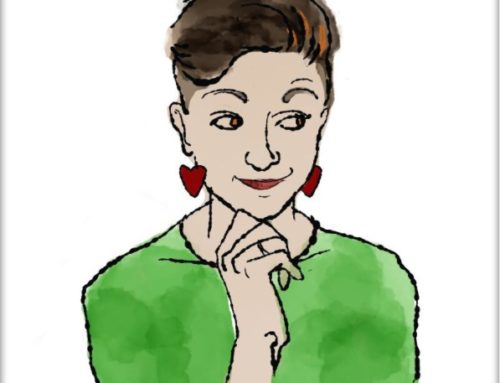
The V-Spot: Anxious, Preoccupied, and Non-Monogamous?
Dear Yana,
I’m currently in a long-term monogamous relationship with my partner, and I am really interested in transitioning our relationship from monogamy to non-monogamy.
At my request this past summer, we tried non-monogamy after identifying and agreeing to clear boundaries with each other. In this process, we discovered his attachment style is anxious preoccupied. He was really upset about me seeing other people, and that due to his attachment style, he is unable to continue to have a healthy non-monogamous relationship. It may also be worth mentioning that we are semi-long distance right now, only seeing each other once every two weeks or so.
Is there a way we can move back into non-monogamy in a way that feels good for someone whose attachment style is anxious preoccupied?
—Secure & Concerned
Dear Secure & Concerned,
Attachment styles are specific ways of relating that we develop when we’re young babies and children in relation to our earliest caregivers/primary attachment figures (typically our parents/guardians). As we get older and form intimate emotional/sexual relationships with our partners, they become our primary attachment figures, and we act out our attachment styles in relation to them, essentially out of a long-held habit.
The four types of attachment styles are “secure-autonomous,” “avoidant-dismissing,” “anxious-preoccupied,” and “disorganized-unresolved.” These differing styles might map out how we relate to those we are closest to including how we handle conflict and emotional intimacy, how we communicate our emotions and needs, how we understand the emotions/needs of our partners, and the expectations we hold about our partners and relationships. Read more about attachment styles in “Wired for Love” by Stan Tatkin or “Attached” by Amir Levine & Rachel Heller.
Someone with an “anxious-preoccupied” attachment style, like your partner, are characterized by having negative thoughts about themselves or their worth/value to a partner when not in close proximity to said partner. An anxious-preoccupied person might also seek out physical or emotional closeness to their partner as a way to relieve the anxiety felt when perceiving distance (real or imagined, physical or emotional).
As a relationships therapist, I talk with clients about attachment styles a lot. They are fascinating, and ever-present, and awareness of your own and your partners’ styles can shed a lot of helpful light on repetitive relational cycles. But oftentimes couples in my office, like you and your partner it seems, treat anything other than a “secure-autonomous” attachment style as some sort of permanent, relational death sentence. (Spoiler alert: it’s totally not.)
The settings for being a “secure-autonomous” attacher are specific and rare…continue reading…


